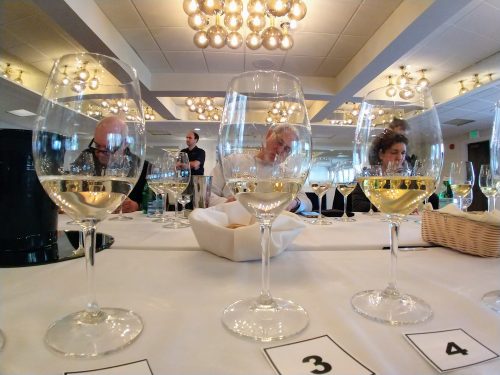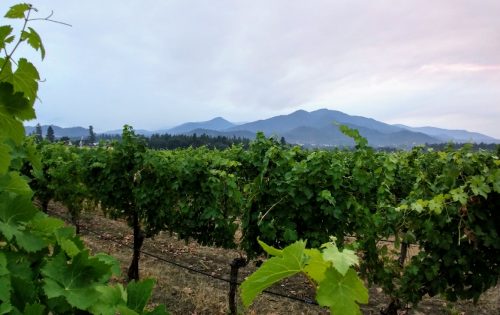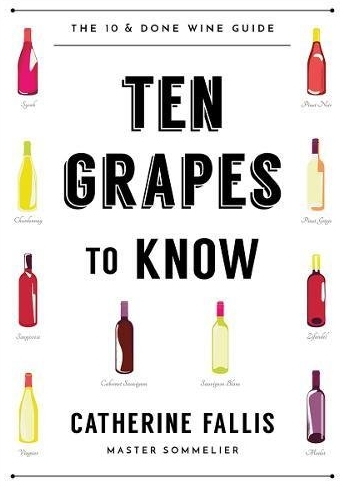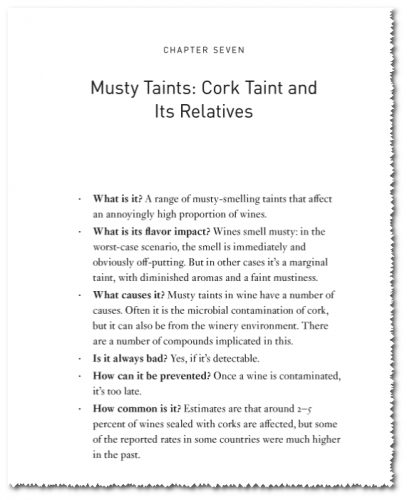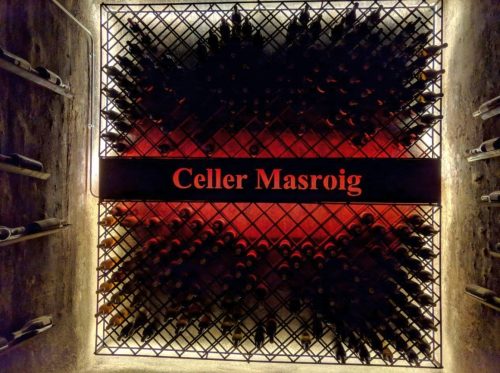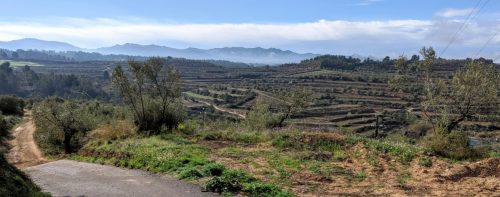
Wines of Portugal
There is evidence of wine production in what is now Portugal since the time of the Tartessians, who planted vines in the Sado and Tagus valleys around, at least, 2000 BC. Later, Phoenicians, Romans, and Celts contributed to the expansion of the vineyards into new areas, along with the introduction of new grape varieties and winemaking techniques.
Despite not being historically “unknown”, with a slow but steady evolution through the ages, only recently Portuguese wines other than the fortified Port and Madeira began to have real international projection. Among the factors that contributed to this, mention should be made not only to the overseas popularization of mainstream, cheap and easy-to-drink wines, such as Lancers and Mateus Rosé, but also a major qualitative leap in the last quarter of the 20th century, which led, along with new promotion efforts, to an emerging international recognition.
Nowadays, wine production in Portugal is a very dynamic activity that merges many centuries of tradition with modern trends and practices. For this reason, and also because Portugal still does not have the strength of other world-famous wine regions as a brand, Portuguese wines usually present huge value for money.
The list below doesn’t pretend to be exhaustive, nor could it be, but should give you a general idea of the main Portuguese wine regions, and what to look for from them.
Minho
The land of “Vinho Verde”, where wine is made since Roman times, is densely populated, with many small producers and parcels. Geographically, it occupies the northwest of the country, standing almost entirely between the Douro and Minho rivers. Its hills and valleys see fresh summers and mild winters, with fairly well distributed rainfall throughout the year. This yields high quality white wines that are both complex and very fresh, with Alvarinho and Loureiro being the top varieties.
Douro
A UNESCO World Heritage site, the Douro wine region is one of the world’s oldest appellations of origin, defined in 1756. Then, and until well into the 20th century, it essentially produced fortified wine, Port, which is probably still the more internationally recognized Portuguese wine. Aside a few exceptions, such as the mythical Barca Velha, it was in the 1990s that the Douro Valley actually started producing table wines, both white and red. Of these, in spite of the enormous expansion in sales and, consequently, in the produced volume, the best wines invariably come from old vineyards, sometimes centennial, with many mixed grape varieties — the so called field blend, planted on terraces by the river.
Dão
This wine region is located in the north-central part of Portugal, surrounded by large mountain ranges that protect it from external climatic influences. The rugged terrain, alternating between smallholdings, woods and rocks, results in a considerable variety of terroirs, and consequently of wines, which tend to have as a “transversal” characteristic feature a certain focus on subtleness and minerality. This is also the motherland of Touriga Nacional, considered by many the best Portuguese red grape variety, and Encruzado, a (white) local jewel. Nevertheless, despite its unique environment, with beautiful landscapes, and a huge potential for the production of great wines, it is a region that, somehow, has remained far from the limelight.
Bairrada
\A small appellation with an Atlantic climate, Bairrada sees the majority of its wine production come from co-ops, essentially complemented by comparatively small producers. Being the birthplace of some of the very best Portuguese wines, this region still divides opinions: on the one hand, some producers show a resistance to the improvement of winemaking practices that is hard to understand; on the other, the nature of the great grape variety of the region, Baga, a robust cousin of Pinot Noir, makes many of the best wines very harsh when young, only showing their real worth after many years.
Lisboa
Viticulture in the area surrounding the Portuguese capital is previous to the Roman occupation of the peninsula. The fairly flat and fertile soils, along with the temperate climate, with moderate, even rainfall, doesn’t mean terroir or growing conditions are uniform. On the contrary: this is the part of the country that has the greatest number of appellations: from the white wines of Bucelas, made with the Arinto grape in a fresh and green region of woods, to the unique, bone-dry wines which are created in the sands of Colares and can age for many decades, passing through the very interesting fortified wines from Carcavelos, now almost extinct due to the strong urban growth registered in their place of origin.
Setúbal
This region can be divided into two completely distinct zones: a mountainous and luxuriant one, with an Atlantic-influenced climate, on the slopes of the Arrábida mountains, and a flat, hot, dry area, with sandy soil and a markedly Mediterranean climate, centered on the town of Palmela. Here, the most famous wine is Moscatel, one of the three great generous wines of Portugal, made from the variety that gives it its name: Moscatel is the Portuguese word for the Muscat grape variety. Like great Port and Madeira, the best Moscatel, vivid and floral in young, despite its somewhat low acidity, can evolve for more than a hundred years, becoming a monster of concentration and complexity, capable of providing truly unique experiences. Regarding table wine, the classic red from this area is made with the Castelão grape. These wines are dry, but also reminiscent of molasses and chocolate, very interesting.
Alentejo
Alentejo is a region of vast plains, tendentially hot and dry, situated in the south-central and southern Portugal. In the first decades of the twentieth century, the government attempted to turn Alentejo into the “barn of Portugal”, due to the climate and soil conditions being favorable to the cultivation of cereals, along with the established agrarian structure, based essentially on large latifundia. Wine production was essentially a local affair, still relying relied on methods inherited from the Romans, such as fermentation in clay amphorae. However, the modernization of the area, not only in terms of infrastructure, like the Alqueva Dam, which created a 250 sq. km artificial lake, one of the largest in Western Europe, but also human, replaced the unprofitable cereal with other types of culture, of which wine has been standing out. Nowadays, among a few historical producers, there are many new wineries, many of which have consistently been presenting high-quality proposals. Trincadeira, Syrah and Alicante Bouschet thrive here, yielding powerful, dark wines, full of fruit, somehow resembling some of the ripest specimens from the “new world”.
Madeira
Viticulture in Madeira dates back to the colonization of the island, in the 15th century. While there is some good red, white and rosé table wine being produced there, the star is, without a shadow of a doubt, the fortified Madeira, with an alcohol content around 20% and which can be sweet, medium-dry or dry. Made with the Sercial, Boal, Malvasia, Verdelho and the almost extinct Terrantez grape varieties, both as varietals and blended, after having its fermentation interrupted by the addition of brandy, this wine, possessor of a spectacular natural acidity, is subject to an oxidative aging, at high temperatures, that result in its unique aromatic profile.
In a nutshell, diversity is key in Portuguese wine: the country counts on a panoply of wine regions that are totally different from each other, differences that are reflected in their wines, very old vines, some of them pre-Phylloxera, and a huge diversity of grape varieties, some of them unique in the world — surely, something that deserves to be better known!
The post Wines of Portugal appeared first on Wine School of Philadelphia.
source
https://www.vinology.com/wines-of-portugal/
